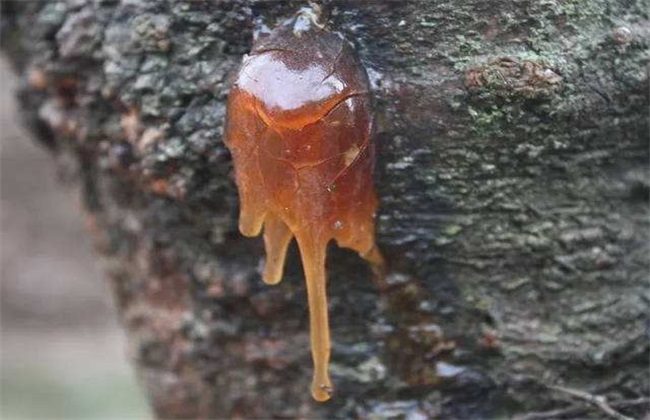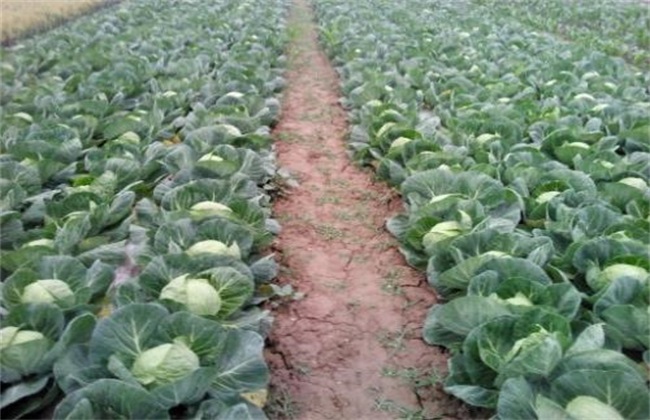Prevention and Control of Common Diseases and insect pests of Zanthoxylum bungeanum
Speaking of pepper diseases, often occur in the growth process, the occurrence of diseases will affect the quality and yield and yield of pepper, some will also affect the tree potential, resulting in poor growth, then these diseases often occur on pepper trees, which are harmful to pepper bugs, today's article will give you a list and introduction, to help you understand these diseases and insect pests, know how to control them.

1. Glue disease
Zanthoxylum bungeanum gum disease, also known as dry rot disease, the most common cause is improper management, resulting in tree weakness, the occurrence of gum disease, serious death. The second is the disease caused by fungal infection, after infection, bark cracking will flow out bacterial pus. Or mechanical damage, bugs bite out of the wound, nutrients flow out, like glue. Fine management, fertilization and water supply can not be less, the soil should be loose and breathable; the use of biological fertilizer can maintain good growth and resist the harm of bacteria. The effect is better when using fungicides combined with insecticides.
2. Root rot
Root rot is a major disease of Zanthoxylum bungeanum. When the disease occurs, the root system is rotten, smelly, the phloem is detached, and the xylem is blackened. Generally, it is necessary to trim, ventilate and reduce humidity, or plant sparsely; when raising seedlings, the soil is disinfected with 15% trimethoprim 800 times solution; when transplanting, the roots are soaked in 50% methyl topiramate 500 times solution, usually soaking the roots for one day; when the disease occurs, the rotten roots are cleaned first, the dead roots are dug up and burned, and then 15% trimming 300 times solution is used to irrigate the roots, and the nearby soil is disinfected with lime.
3. Scale insects
Mainly a group of larvae attached to the branches, sucking tree sap, transmission of virus disease, will make the tree dry. You can first brush off the bugs with a brush to kill them. Too many can be sprayed with 1000 times omethoate solution to kill larvae. Use stone-sulfur mixture to kill adults.
4. Jumping armour
Jumping beetles are good at jumping and can do harm everywhere, mainly gnawing on leaves and twigs, which will cause fruit drop and reduce production. It is best to use fenitrothion 2000 times solution to poison the unearthed adults before taking out new shoots, and to control them at the source; in the summer when the larvae flourish, spray the crown of the spawning tree to reduce the insect population.
5. Longicorn beetles
Longicorn beetles are good at drilling and eating tree trunks and have strong eating ability. They will drill holes in the tree trunks and drill channels between phloem and xylem to eat. It is common that there are a lot of sawdust and excrement at the mouth of the hole. It is highly harmful and should be poisoned by direct injection of drugs. Adults should be sprayed with 1000 times dimethoate to be poisoned. Poison adults before laying eggs.
Pepper will have more diseases, today to select a few common, serious diseases and insect pests, to make a brief introduction to help you understand, but also to effectively prevent the occurrence of these diseases and insect pests.
Related
- Where is it suitable to grow horseradish in China? it is expected to see the middle altitude horseradish in Alishan.
- How to prevent tomato virus disease reasonably? (Control methods included)
- Many people like to plant towel gourd on the balcony. What are the main points of this method and management?
- What crops can chili peppers be mixed with?
- Fertilization techniques and matters needing attention in Tomato
- What are the grafting techniques for peach seedlings in spring?
- Harm and control methods of root swelling disease of Chinese cabbage
- What are the pests of sweet potatoes? How to prevent and cure it?
- Symptoms, causes and Control methods of navel Rot in Tomato
- The cause of "Cucumber rotten bibcock" in Farmers' planting Cucumber and its Control Plan



